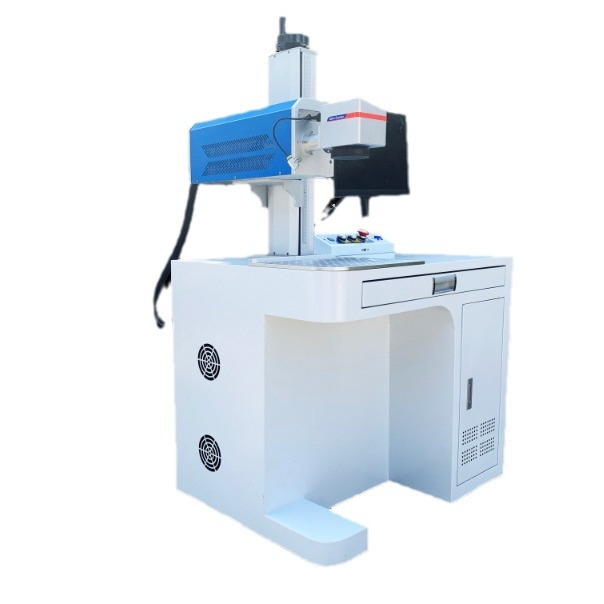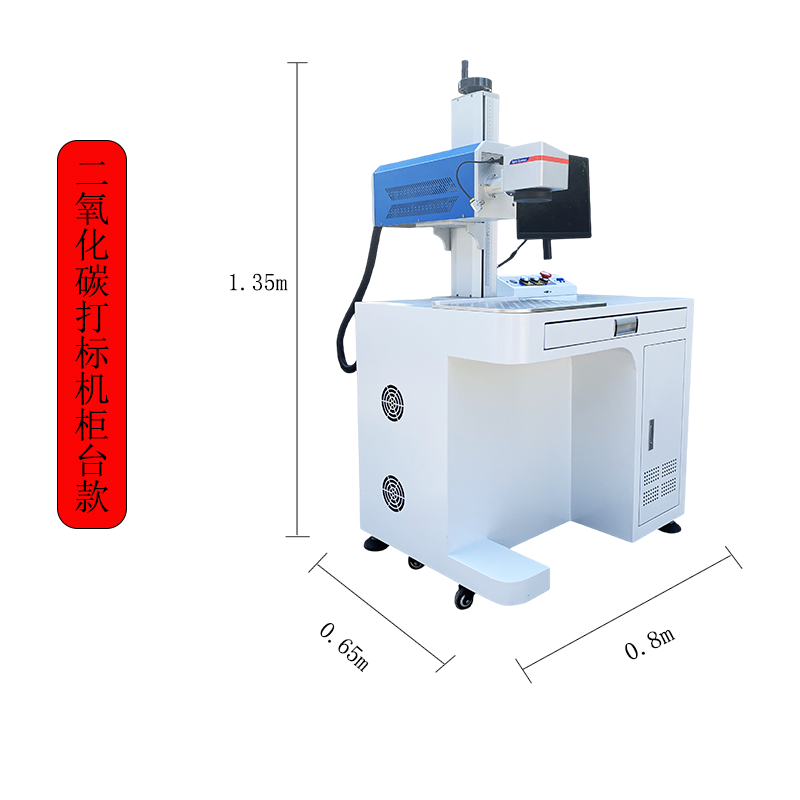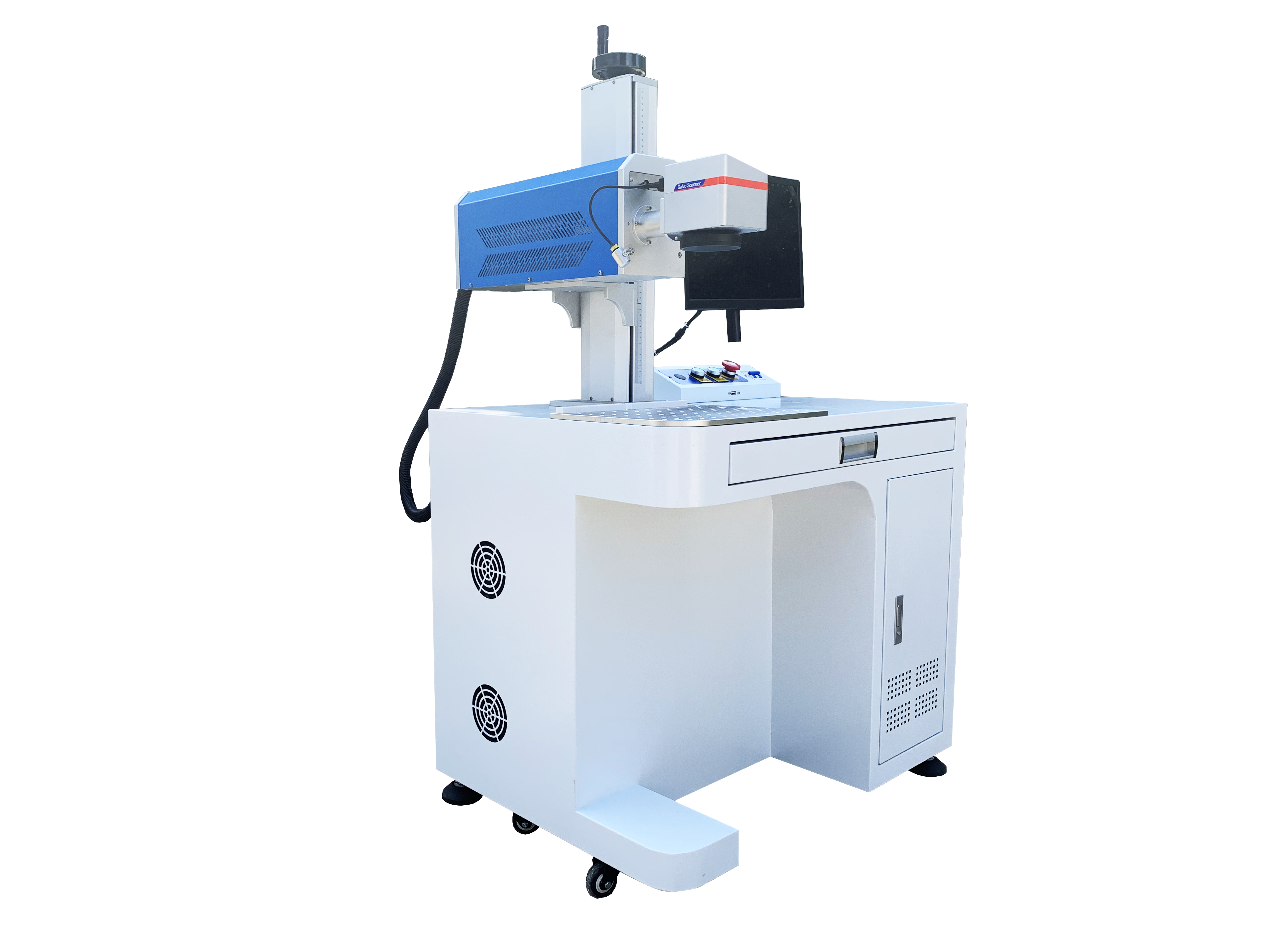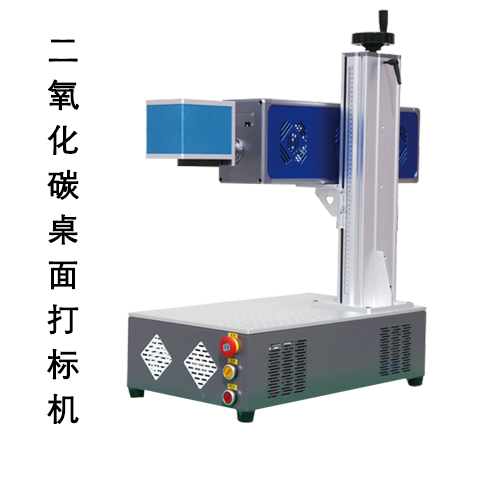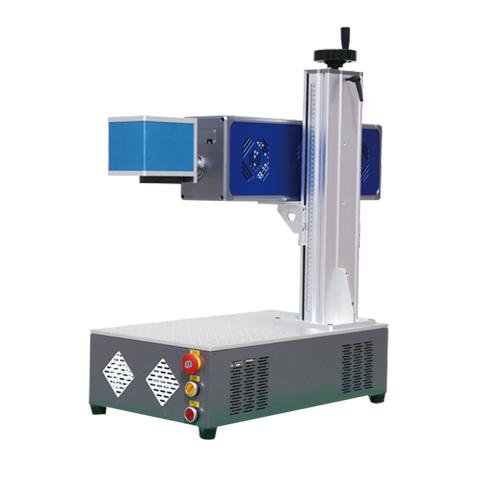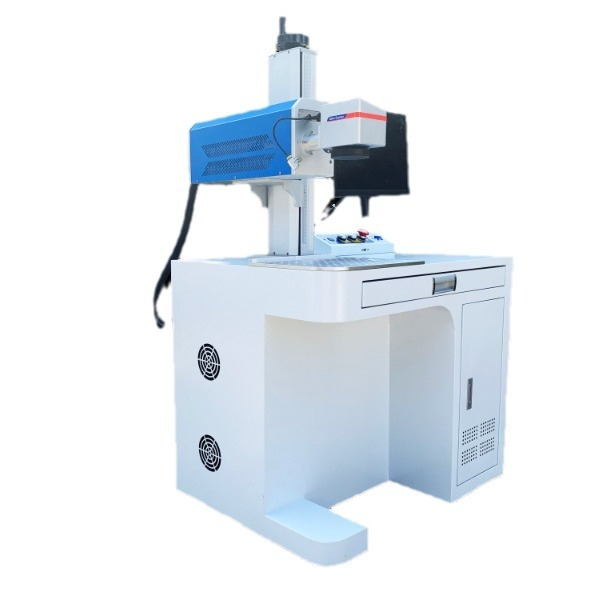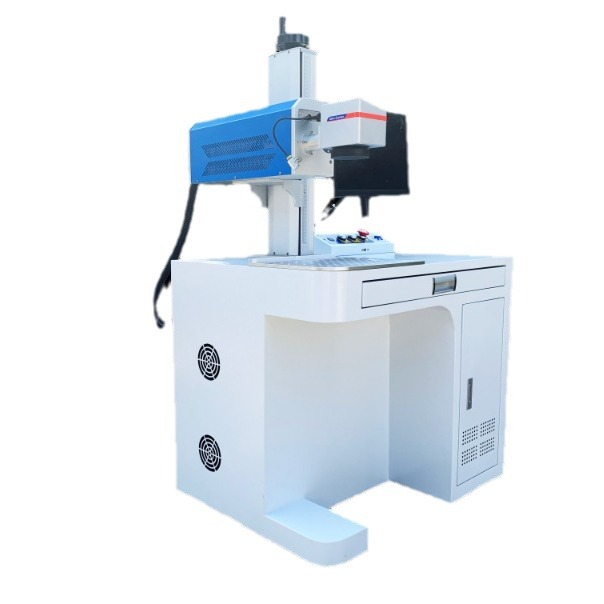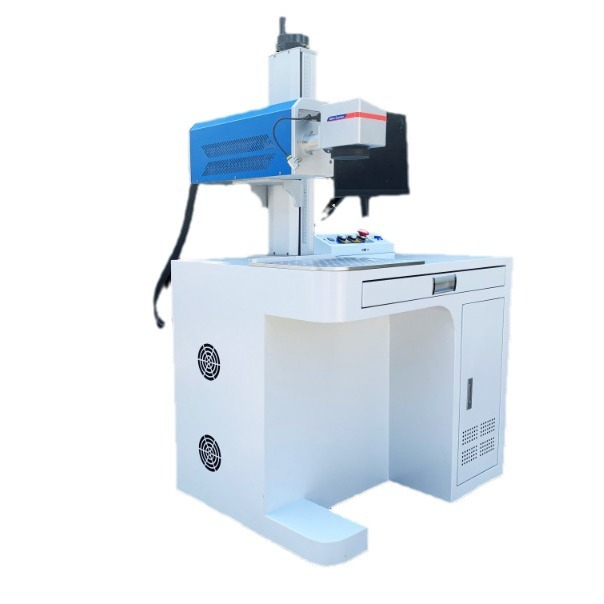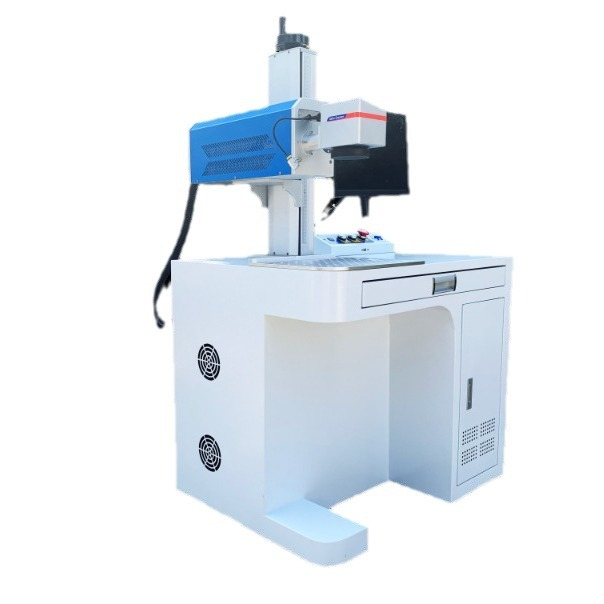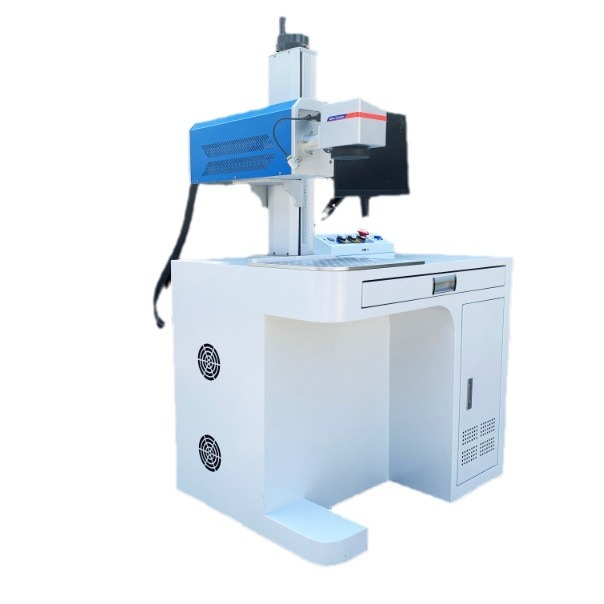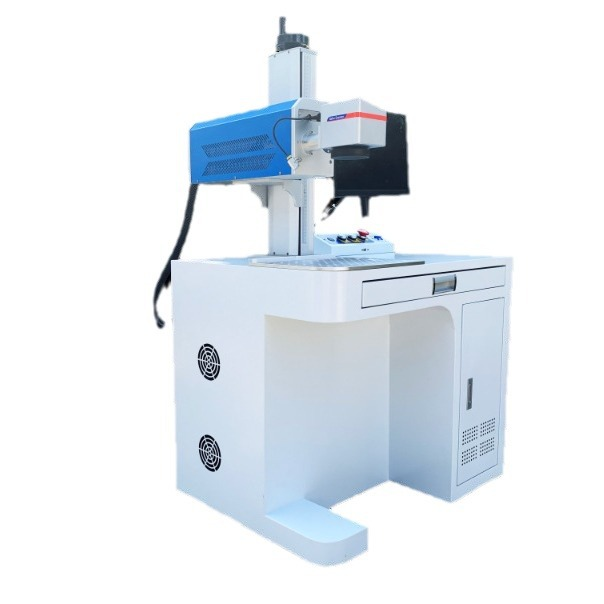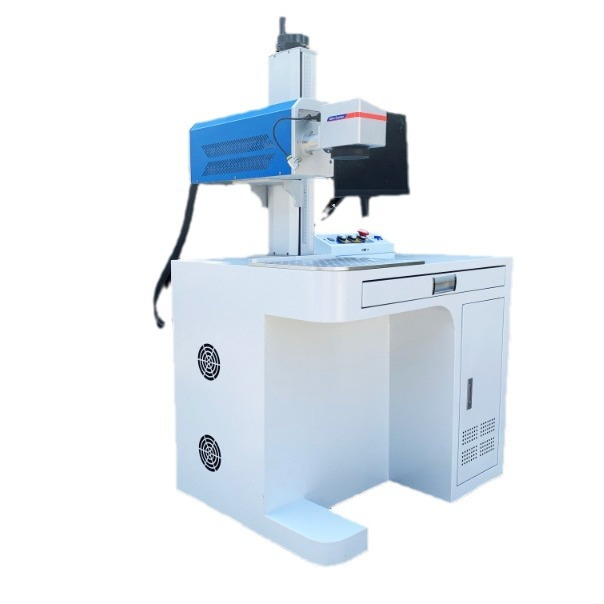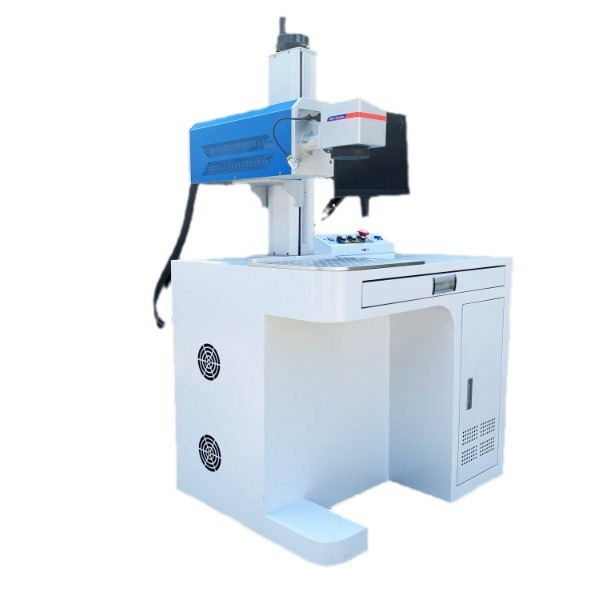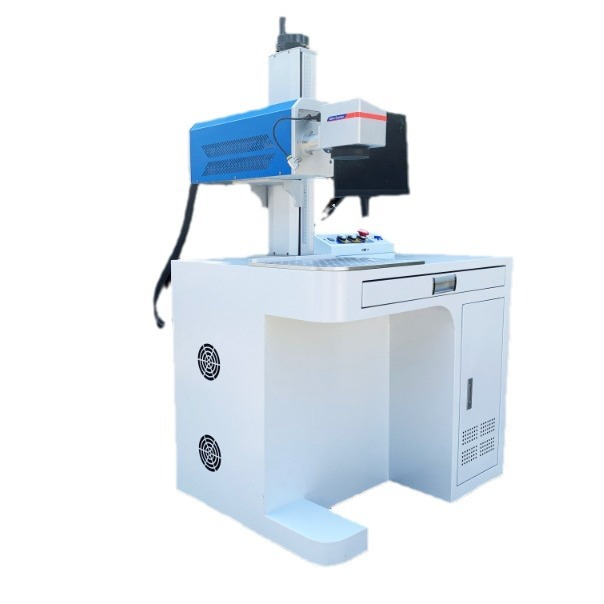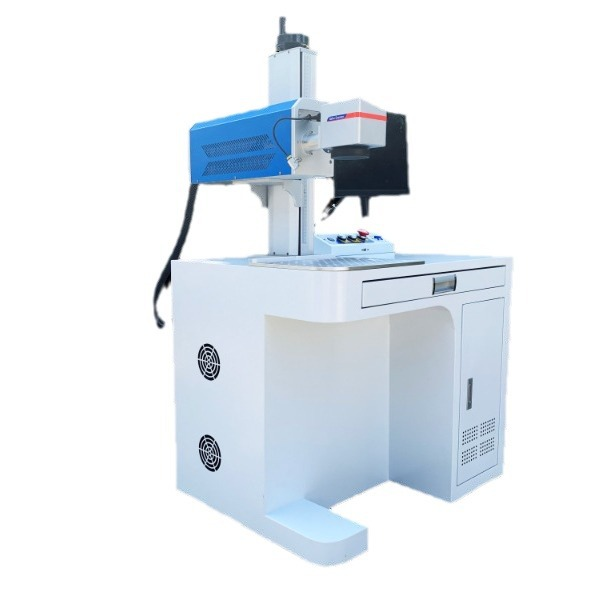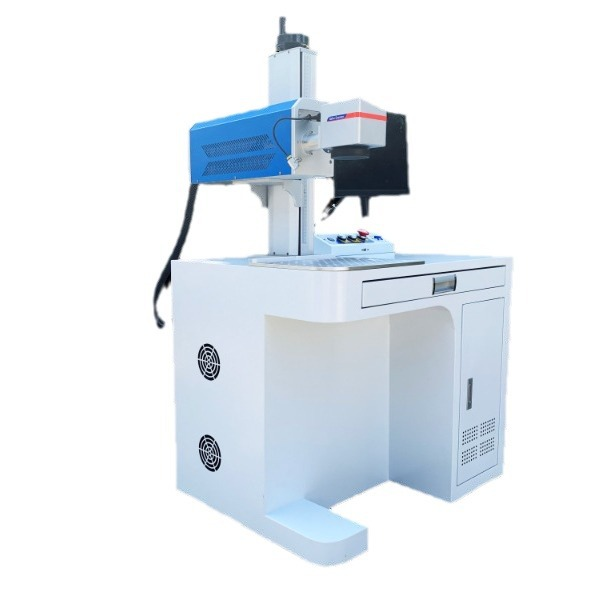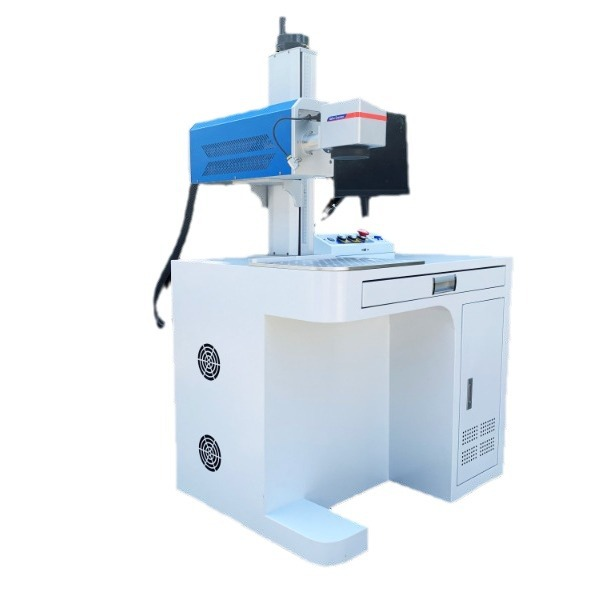Of course! CO2 laser marking machines are exceptionally well-suited for working with organic materials like wood and paper. They are a popular choice for these applications due to their precision, speed, and the beautiful, permanent results they can achieve.
Here’s a comprehensive breakdown of CO2 laser marking on wood and paper.
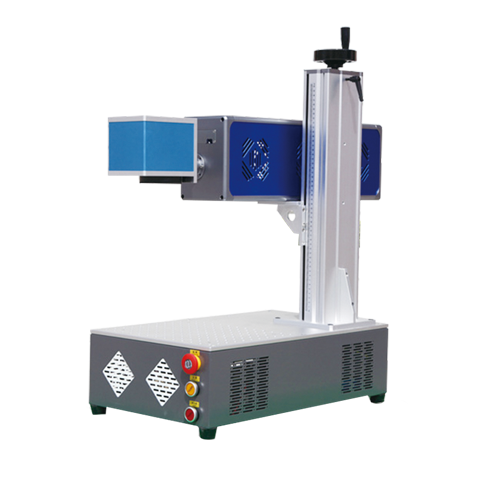
How a CO2 Laser Works on Wood and Paper
A CO2 laser emits an infrared light beam with a wavelength of 10.6 micrometers. Organic materials like wood, paper, leather, and acrylic are excellent at absorbing this specific wavelength. The process is a thermal one:
Absorption: The material absorbs the laser's energy.
Vaporization: The intense, focused heat instantly vaporizes the material at the point of contact.
Result: This removes a tiny layer of the material, leaving a permanent mark. The depth and darkness of the mark are controlled by the laser's power, speed, and frequency (PPI).
Marking on Wood
Wood is one of the most rewarding materials to laser. The effects can range from light etching to deep engraving and even cutting.
Types of Effects:
Engraving (Removing Material):
Deep Engraving: Higher power and slower speed remove more material, creating a deep, tactile groove. Ideal for signage, stamps, and inlays.
Shallow Etching: Lower power and higher speed lightly remove the surface, changing its texture and color. Perfect for detailed images, text, and logos.
Marking (Changing Color - Without Deep Removal):
This is a fascinating effect. The laser lightly "toasts" the wood's surface without significantly vaporizing it.
It can produce colors from a light golden brown to a very dark brown, depending on the wood type and laser settings.
This is ideal for high-contrast marking on light woods like maple, birch, or bamboo.
Cutting:
With sufficient power, a CO2 laser can cleanly cut through plywood, MDF, and solid wood up to a certain thickness (typically up to 1/2 inch or 12mm for common machines).
Key Considerations for Wood:
Wood Type & Resin Content:
Light, Uniform Woods (Maple, Birch, Alder, Bamboo): Produce the best contrast for marking and engraving. The results are clean and predictable.
Dense, Resinous Woods (Cherry, Walnut, Oak): Engrave beautifully but may require more power. They can produce a high contrast naturally.
Oily Woods (Teak, Ipe): Can be problematic as the resins can vaporize unevenly and create flare-ups or sooty marks. They often require masking tape and thorough cleaning.
Plywood & MDF: Excellent for laser cutting. Be cautious of the glue in plywood; some types can release harmful fumes or not cut cleanly.
Grain: The wood's grain is a natural variable. Engraving across the grain might look slightly different than engraving with the grain.
Settings are Crucial: Always test on a scrap piece of the exact same wood to fine-tune power, speed, and frequency.
Popular Wood Applications:
Personalized gifts (photo frames, boxes, clocks)
Signage and plaques
Furniture detailing and inlays
Architectural models
Cutting intricate jigsaw puzzles
Marking on Paper
Paper and cardboard are where CO2 lasers truly shine in terms of precision and delicacy.
Types of Effects:
Kiss-Cutting (Perforating):
The laser cuts only through the top layer (e.g., a sticker sheet) but leaves the backing paper intact.
Cutting:
The laser can make incredibly intricate and sharp cuts through paper and cardstock. It's perfect for creating delicate paper art (like scherenschnitte), pop-up cards, and intricate stencils.
Engraving / Etching:
The laser can remove a thin top layer of coated paper to reveal a different color underneath, creating a subtle, high-class mark.
It can also "darken" the edges of the cut, creating a burned, artistic effect.
Scoring:
A shallow line is engraved to allow for a clean fold, ideal for packaging and origami.
Key Considerations for Paper:
Paper Type:
Cardstock & Heavy Paper: Ideal for cutting and engraving. They hold their shape well.
Coated Paper: Can produce a nice contrast when the laser removes the coating. Be careful of excessive burning.
Tissue Paper & Newsprint: Very delicate and can easily catch fire or be blown around by the laser's air assist. Use very low power and high speed.
Fire Hazard: This is the biggest risk when lasering paper. The material is thin and highly flammable.
Always use Air Assist: The compressed air nozzle is critical to blow away heat and prevent embers from igniting.
Never Leave Unattended: Constantly monitor the job.
Use Correct Settings: High speed and low power are your friends.
Smudging & Residue: Laser-cutting paper can leave a slight brown residue or soot on the edges. This can often be wiped off gently. Using a higher air assist pressure can minimize this.
Popular Paper Applications:
Intricate paper art and lace
Wedding invitations and business cards
Pop-up books and cards
Packaging prototypes
Stickers and labels (via kiss-cutting)
General Advantages of Using a CO2 Laser
Contactless Process: The laser head doesn't touch the material, so there's no tool wear or risk of damaging delicate materials like paper.
High Precision: Can reproduce extremely fine details, including complex vector graphics and high-resolution raster images.
Permanent & High-Quality Marks: The marks are burned into the material and won't fade, peel, or rub off.
Software Driven: Easily controlled from digital files (DXF, AI, PNG, etc.), making it perfect for customization and mass production.
Versatility: One machine can mark, engrave, and cut.
Important Safety & Operational Notes
Ventilation & Fume Extraction: This is non-negotiable. Burning wood and paper releases smoke and particulates. A proper fume extractor or ventilation system is essential for safety and to prevent soot from settling on the laser lens and material.
Fire Safety: Have a CO2 fire extinguisher nearby. Never leave the machine running unattended, especially with paper and thin wood.
Focusing: The laser beam must be perfectly focused on the material's surface for a clean, sharp result. Autofocus systems are common, but manual focusing is also standard.
Air Assist: Uses a stream of compressed air at the nozzle. This helps prevent flare-ups, keeps the lens clean, and blows away debris for a cleaner cut.
In summary, a CO2 laser marking machine is an incredibly effective tool for wood and paper, capable of transforming these simple materials into intricate, high-value products through engraving, marking, and cutting. Success hinges on understanding the material properties and meticulously dialing in the machine settings for each specific job.

